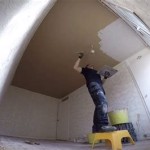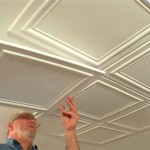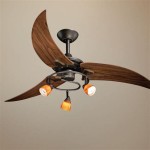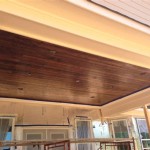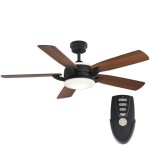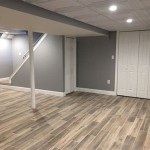How To Make Ceiling Design In Sketchup
SketchUp is a 3D modeling software that is widely used by architects, designers, and makers. It is a powerful tool that allows users to create complex 3D models quickly and easily. In this article, we will show you how to create a ceiling design in SketchUp.
Before you start, you will need to create a new SketchUp file. To do this, click on the "File" menu and select "New." In the "New Model" dialog box, select the "Architectural Design" template. This template will provide you with a basic set of tools and settings that are ideal for creating architectural models.
Once you have created a new file, you will need to import the geometry of your ceiling. To do this, click on the "File" menu and select "Import." In the "Import" dialog box, navigate to the location of the ceiling geometry file and select it. Click on the "Open" button to import the file.
Once the ceiling geometry has been imported, you can start to create the ceiling design. To do this, you will need to use the "Push/Pull" tool. The "Push/Pull" tool allows you to extrude faces of the ceiling geometry to create 3D shapes. To use the "Push/Pull" tool, click on the face of the ceiling geometry that you want to extrude. Then, click and drag the mouse to extrude the face. You can also use the "Ctrl" key to constrain the extrusion to a specific direction.
In addition to the "Push/Pull" tool, you can also use other tools to create your ceiling design. For example, you can use the "Line" tool to create lines, the "Rectangle" tool to create rectangles, and the "Circle" tool to create circles. You can also use the "Move" tool to move objects around, and the "Rotate" tool to rotate objects.
Once you have created your ceiling design, you can add materials and textures to make it more realistic. To do this, click on the "Materials" menu and select "New Material." In the "New Material" dialog box, you can choose a material type, such as wood, metal, or glass. You can also adjust the color, texture, and other properties of the material. Once you have created a material, you can apply it to the faces of your ceiling design by clicking on the face and selecting "Apply Material" from the context menu.
When you are finished creating your ceiling design, you can save it by clicking on the "File" menu and selecting "Save." You can also export your design to a variety of file formats, such as DWG, DXF, and PDF. By following these steps, you should be able to create beautiful and realistic ceiling designs in SketchUp.

Sketchup Beginners False Ceiling Tutorial I How To Make In Jsdesign Ii

How To Make False Ceiling In Sketchup V Ray

How To Make False Ceiling In Sketchup V Ray

19 How To Make False Ceiling In Sketchup Basic Model Hindi

How To Make Rectangular False Ceiling In Sketchup Vray

How To Make Ceiling In Sketchup False Design Easy Fast Create

How To Make Ceiling In Sketchup False Design Easy Fast Create

Create False Ceiling In Sketchup With Measurements Easily

Sketchup Beginners False Ceiling Tutorial I How To Make In Jsdesign Ii

3 Ways To Make Pop Ceiling Lights I V Ray For Sketchup
Related Posts

